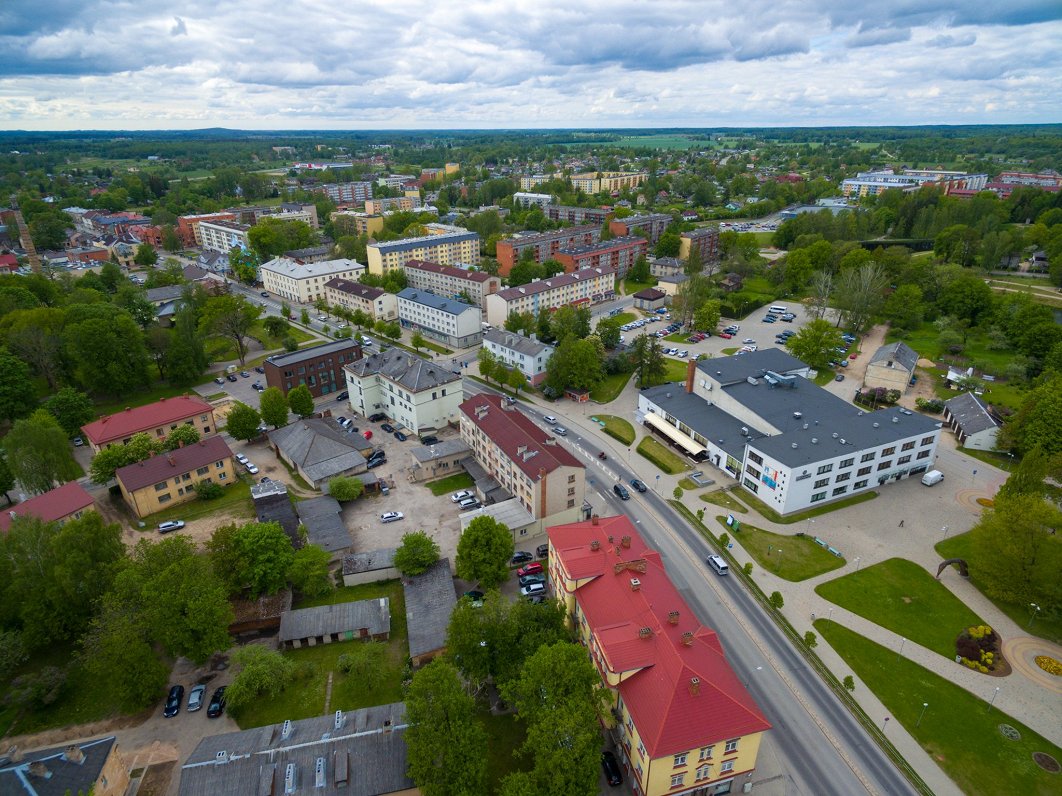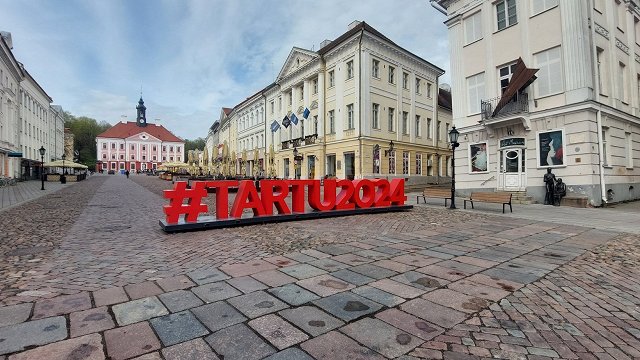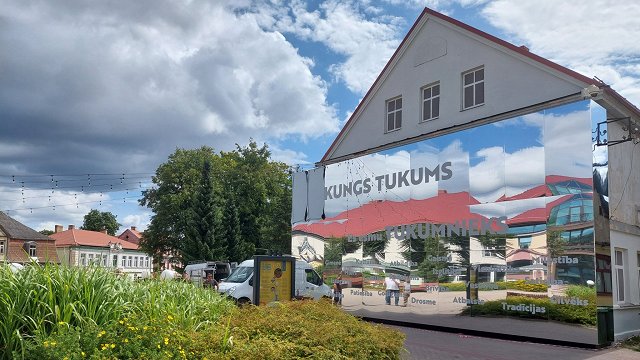As a result of wartime devastation, Valmiera isn’t the most easy-on-the-eye place in Latvia. But in spite of its dowdy appearance, this northern city punches well above its weight in sports, education and even gastronomy.
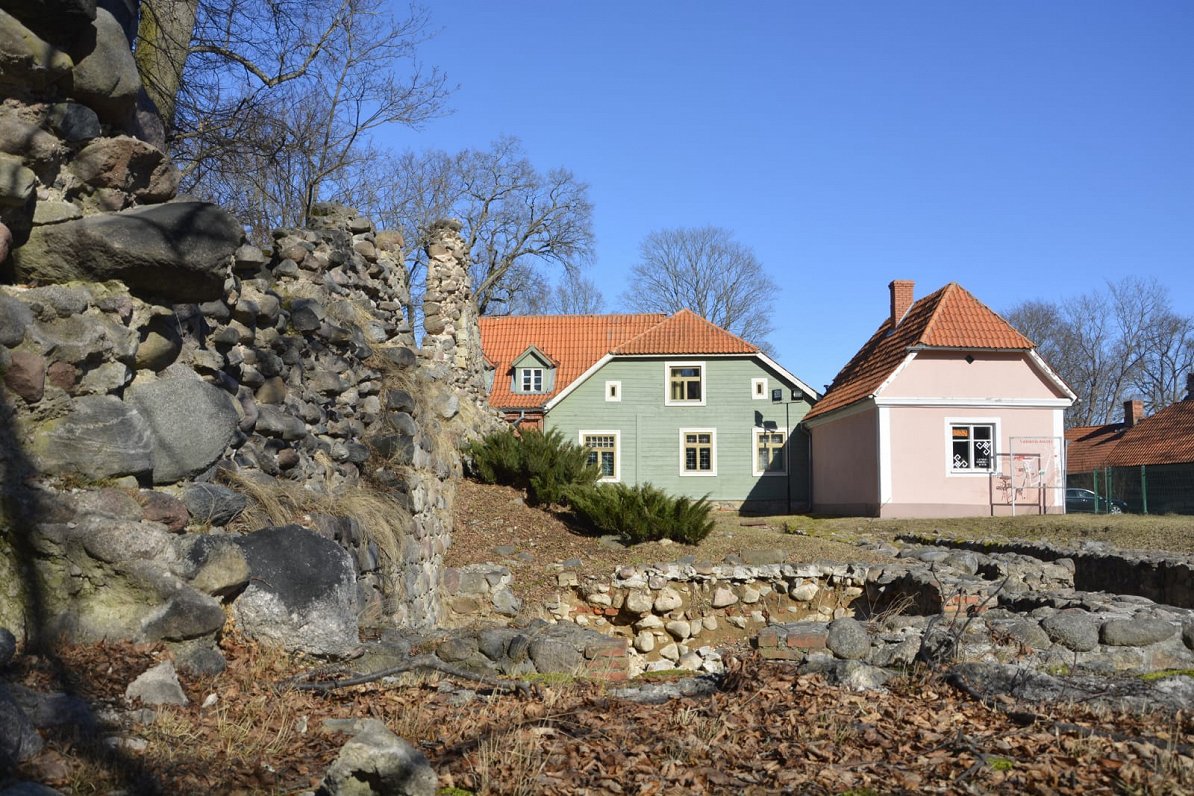
Apart from a beloved local theater, it doesn’t have huge cultural credentials. But this isn’t stopping the city from making an enticing case for the 2027 prize. If Essen and the Ruhr Valley could be a Capital of Culture in 2010, then why can’t a Latvian industrial hub making fiberglass and fire extinguishers do the same?
“Our message is that we are an important city with great unrealised potential,” says Liene Jakobsone, head of cultural projects at Valmiera Municipality. “And when we are given a platform, we do great things.”
Valmiera’s 15,000 people are adept at making the most of what they’ve got. And no one epitomises this better than Māris Štrombergs. Almost 20 years ago, the Valmiera athlete came out of nowhere to win back-to-back Olympic gold medals in BMX riding. And he celebrated his success by building a state-of-the-art bike track in his home town to nurture future champions.
Freewheeling spirit
According to Reinis Suhanovs, a local theatre director and a spokesperson for the Capital of Culture bid, this freewheeling spirit is finding artistic expression too. Bike trails are being developed to form a seamless blend between cycling and the urban landscape. A new skate park/cultural space is in the works, where youngsters will be able to enjoy street art in all its forms. And events like the “Tour de Valmiera,” where viewers cycle between theatre performances in different corners of the city, will be expanded upon.
“This is where tourism and sport and culture all meet up,” he says.
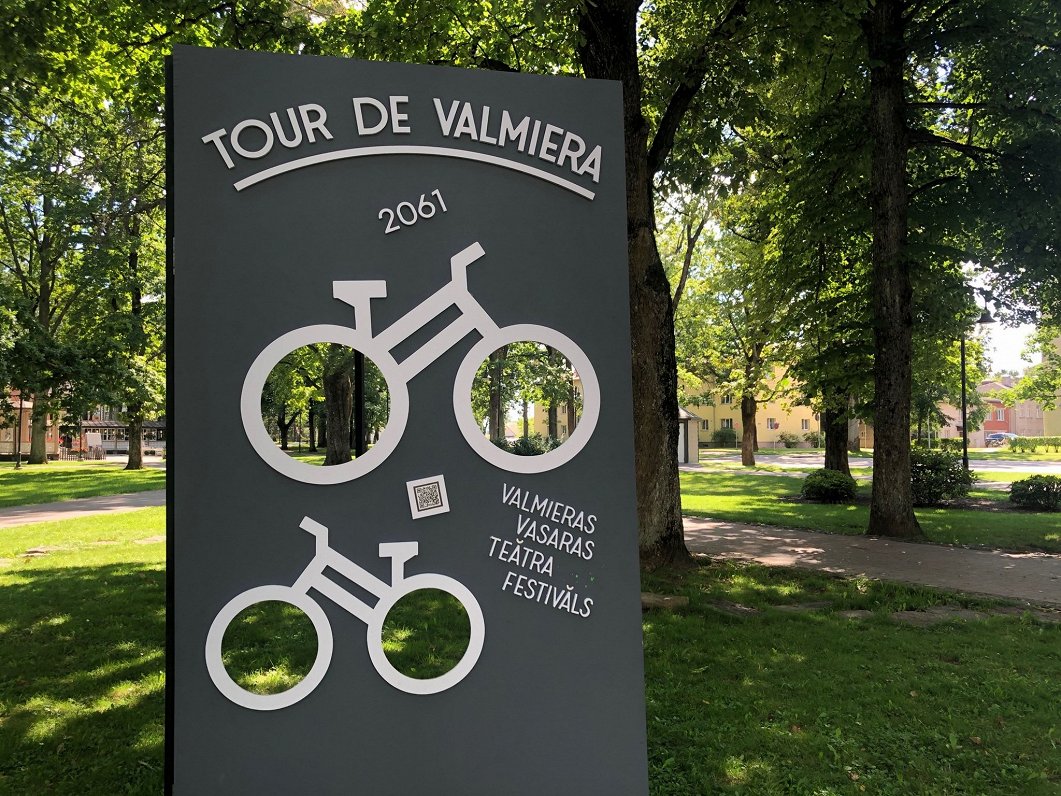
Plans to revamp a derelict boiler house in the centre of town also blend the artistic with the mundane. The site is to be transformed into a cultural quarter complete with an exhibition space and a creative laboratory for local dancers, theatrical folk and visual artists to work their magic. It will boast a collage tribute to native son Gustavs Klucis, a leading light of the Russian avant-garde of the 1920s, as well as a mural of local residents’ portraits as part of the “Inside Out” photography project.
“Industry and culture are not mutually exclusive,” says Reinis. “For Valmiera, this isn’t just about art and music - it’s a pathway for development through culture.”
Ecological themes will also be woven into the fabric. Once upon a time, when loggers floated their rafts down the Gauja River, this waterway was a centre of town life. Now an infrastructure project is underway to make the riverbank accessible to the community, and dance events could be held there in 2027.
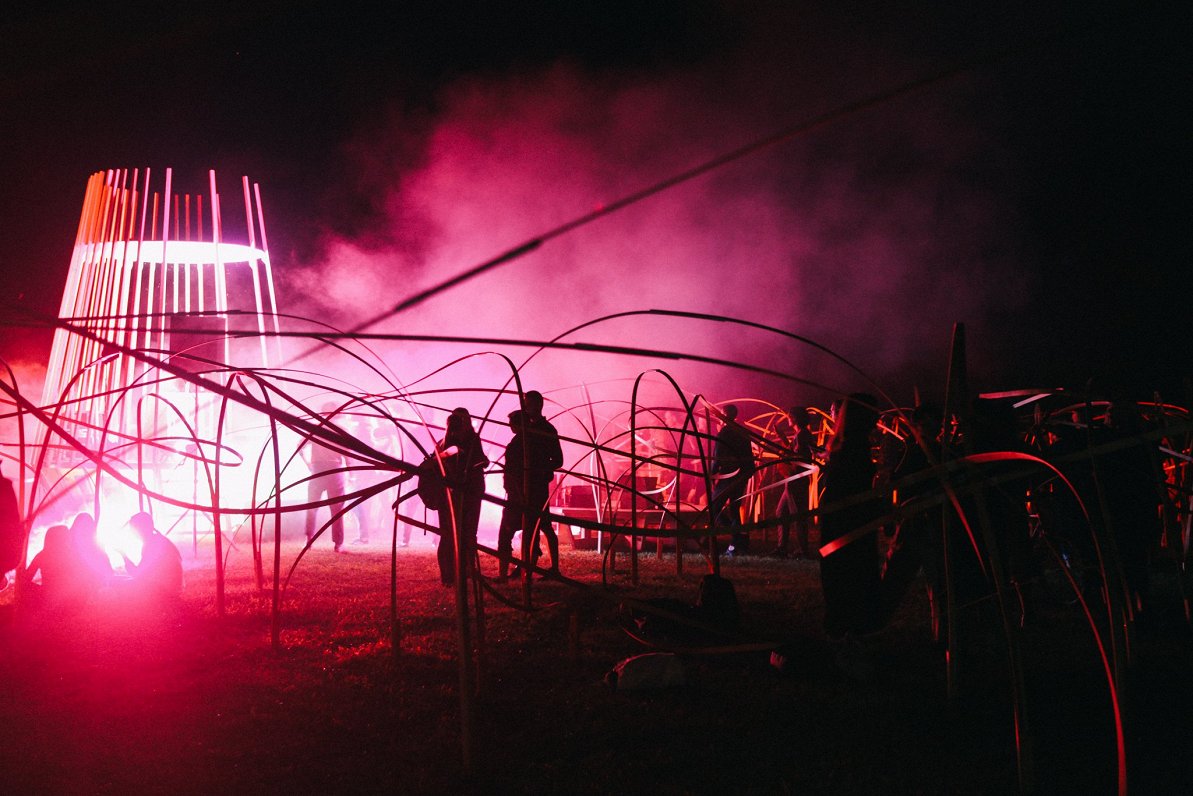
The boundaries of Valmiera County will be expanded under reforms coming into effect in June, and outlying areas will also have culture shared with them, too. Over the next few years, part of Valmiera’s popular summer theatre festival will be staged in the countryside. The award-winning book “Stikla Strenči,” a photographic account of the life of a small town northeast of Valmiera, will be transformed into an innovative exhibition. And the beautiful restored manor houses of the county will become music venues, possibly hosting concerts by chamber orchestras from bigger musical centres.
But even before the string quartets arrive, there are plenty of ways to get inspired in this part of the country.
Five beauty spots around Valmiera
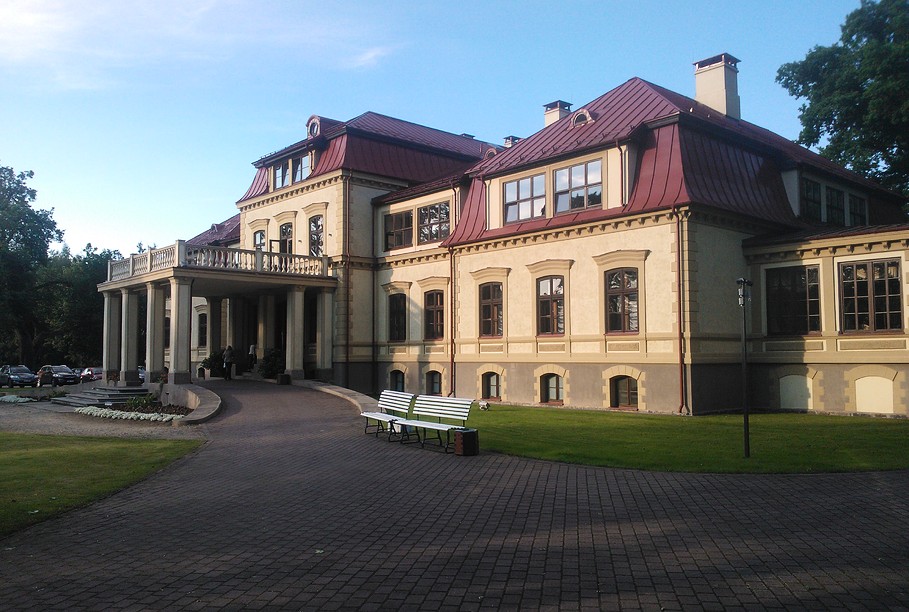
This grand neo-Baroque pile is home to a highly-regarded restaurant, rich collections of paintings and antiques and a park boasting rare tree species and a pond said to have an oak floor for the comfort of blue-blooded swimmers. In Dikļi village, check out the fairytale sculpture park created by poet Viks Kalniņš and the site of the first-ever Latvian song festival in 1864.
2. Lake Burtnieks
Rick in folklore and brim full of fish, this watery haven north of Valmiera is ideal for walking, boating or swimming. Also check out Latvia’s oldest and largest horse stud in Burtnieki village, and tour the hemp fields and sample cannabis butter (sorry, no THC) at “Atdzelvieši” farm.
3. Skaņākalns Nature Trail
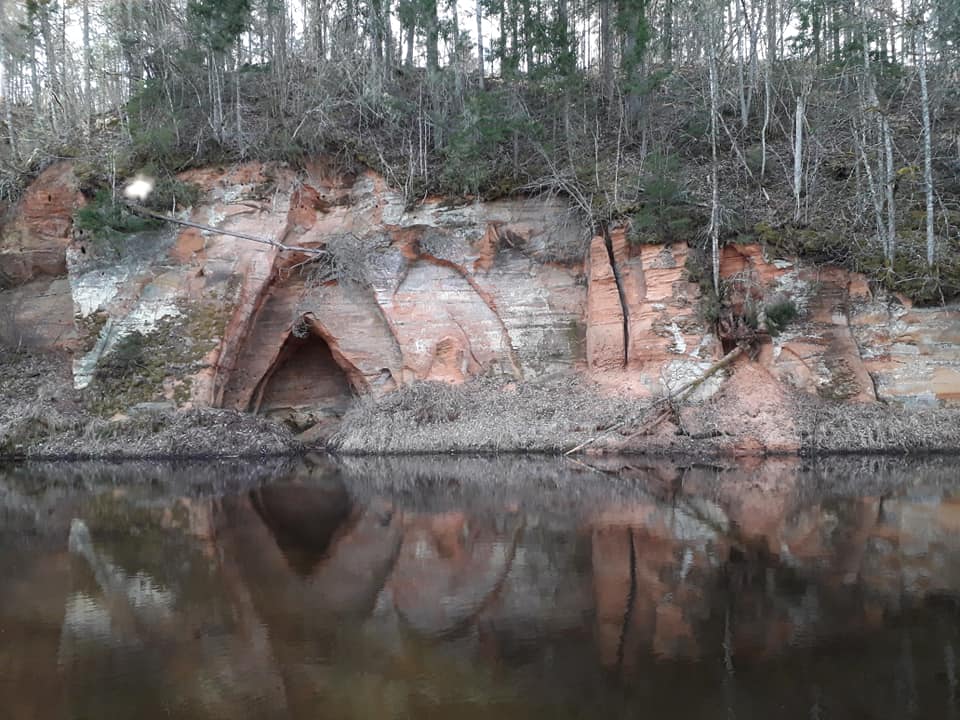
This 3 kilometre long hiking path near Mazsalaca covers some of the most unusual scenery in Latvia. Strolling along the banks of the Salaca River, take in striking sandstone cliffs, botanical oddities like the Werewolf Pine (Vilkaču priede) and the echoing Skanākalns rock, as well as an array of timber sculptures.
4. The Gauja
Valmiera is an ideal starting point for journeys down this beautiful stream to Cēsis and Sigulda, or as the terminus for trips commencing up near the Estonian border. If that sounds like too much work, enjoy a cruise on the river near the town, or take a barefoot stroll on the “sensations trail,” a 2 km riverside track made of various materials to stimulate your feet.
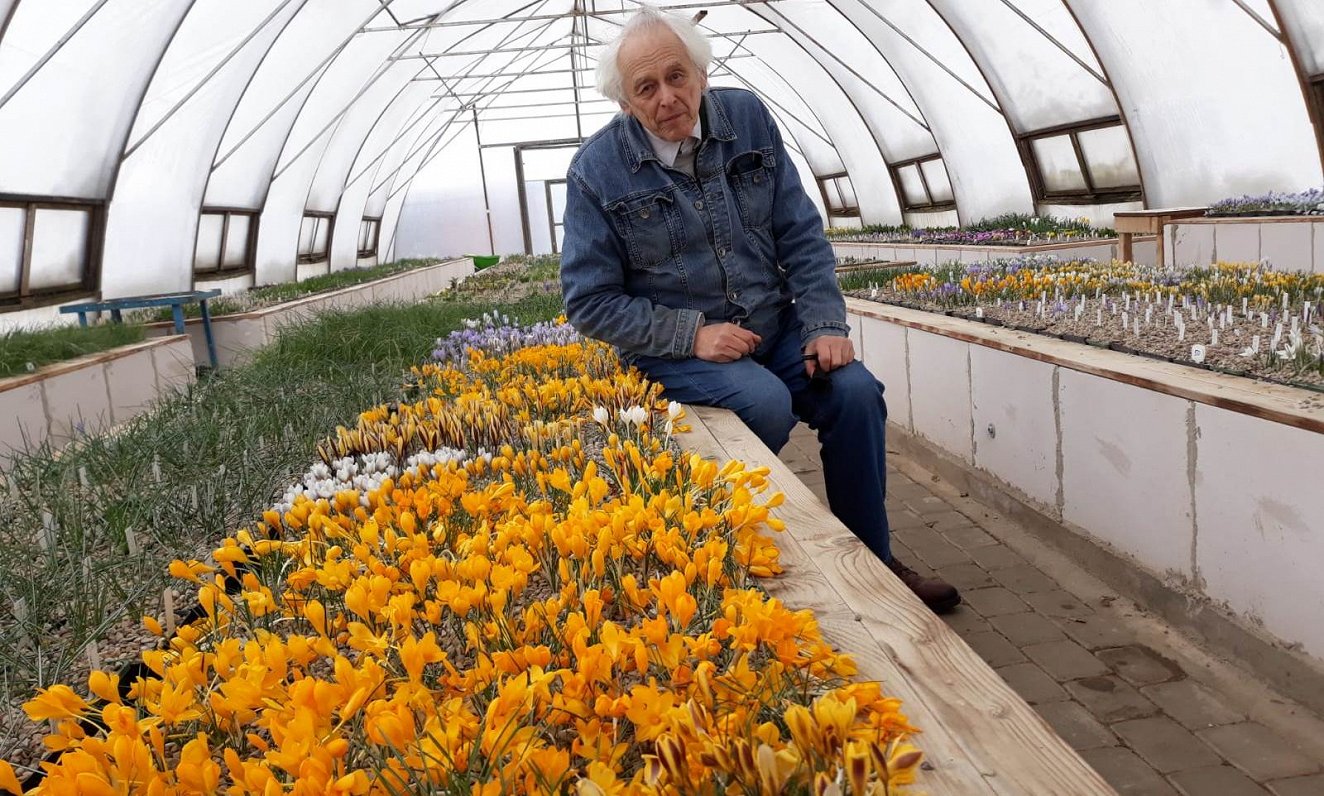
Renowned botanist Jānis Rukšāns has amassed the world’s biggest collection of ornamental bulbous plants at his “Jaunrūjas” farm, including over 1,000 crocuses. Different species flower from spring through to autumn, and visitors are welcome to explore the greenhouses and gardens.
